Foodtest Laboratories Ltd provide a comprehensive microbiological testing service.
FOOD MICROBIOLOGY TESTING
All main pathogens associated with food can be tested for alongside indicator and spoilage organisms.
The following is a list of the tests that are available as well as more information on the specific organism.
Enumeration Tests
Total Viable Count (Aerobic Colony Count or Total Colony Count)
The results of this test provide an indication of the microbial quality of a product during its shelf life. Counts can range anywhere from <10cfu/g or swab up to the millions or even billions. A product nearing the end of its shelf life will have a higher T.V.C. than it did at the start of its shelf life. The quality can be determined by cross referencing the results against the type of product and its production process.
Detection Tests
Useful Links and Downloads
Contact us today
Please use the form to contact us for further information, a member of the administration team will then be in touch within 48 hrs of receipt.



